Windows Phone 8 and Windows Phone 8X by HTC Preview
by Brian Klug on October 29, 2012 2:10 PM EST- Posted in
- Smartphones
- HTC
- Mobile
- windows phone 8
- Windows Phone 8X
- HTC 8X
- WP8
Live Tiles
Probably the largest single readily identifiable change in WP8 is what’s been done with the positioning and layout of live tiles on the start screen. In WP8 there’s no longer an asymmetric layout with black bar at the far right. I’m told that internally this move away from asymmetry was something many felt strongly about since it was a big part of the original metro design language, but at the end of the day increasing the usable space for tiles on the start screen makes sense — after all, you’ve ostensibly paid for those pixels. In addition, shoppers looking at a Windows phone with those unused pixels at the sides were subjectively gauging the display as smaller than other phones on the shelf, even though sometimes they were the same size or larger.
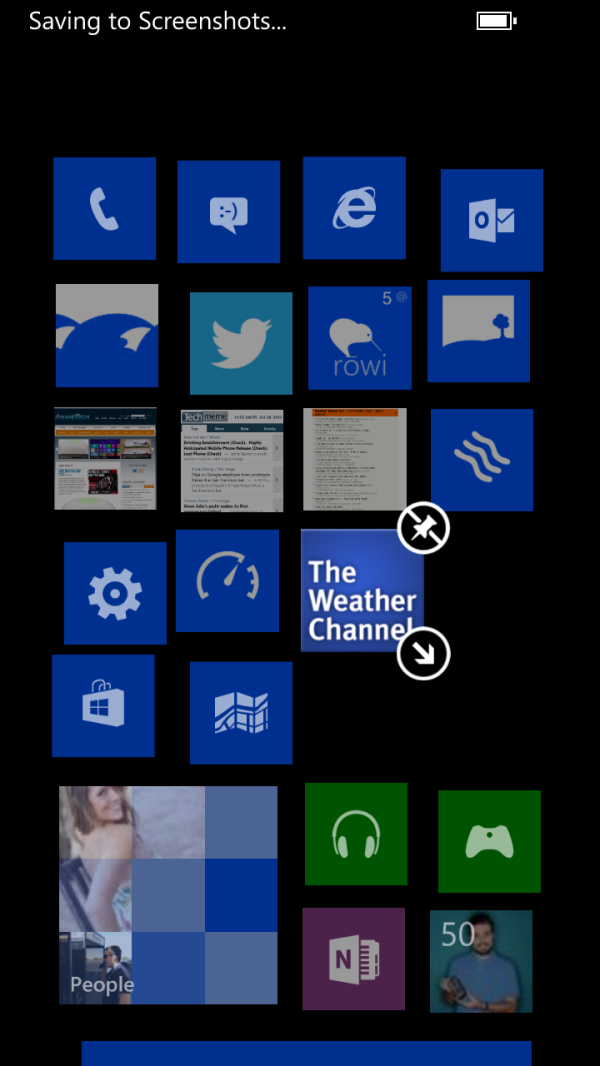

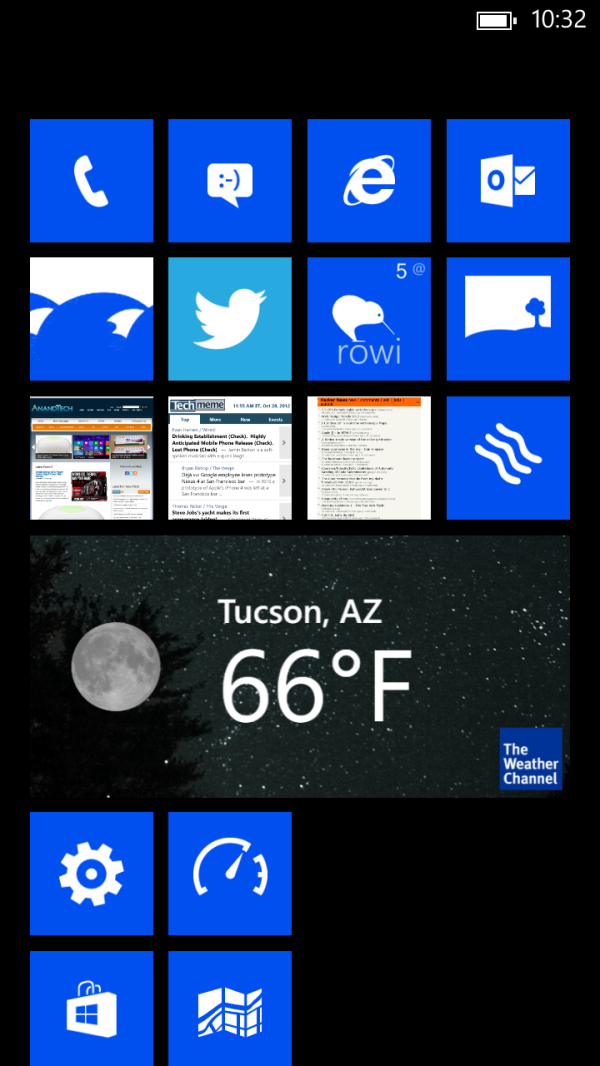
Small, Medium, Large Live Tile Sizes
The other huge change is the inclusion of a new smaller live tile size. WP7 previously had two live tile sizes, a single and double width size. The new smaller size splits the single wide size into a 2x2 grid. The end result is a fundamentally different start screen grid appearance in WP8 and WP7.8. Adding the smaller size is a definite improvement that results in a much needed increase in informational density without sacrificing too much of what made the start screen on WP7 so striking.
Applications can expose different live app information on the live tiles depending on which of the three tile sizes has been selected. The smallest size ends up usually just being a shortcut for a lot of third party apps, but Microsoft has done a good job not sacrificing too much at the smallest live tile size for their first party apps. Apps that haven’t updated to support WP8 yet only expose the smallest and single wide sizes, which are mandatory. Only newer apps can expose the double wide size from what I’ve encountered, and that size is actually optional.
Lock Screen
Another big user-facing change is to the lock screen, which now allows for much more customization. Previously the lock screen would show upcoming calendar events at the bottom in a detailed view, in WP8 this now can be changed to reflect either unread messages, emails, or even metadata from applications that talk through an API. There’s a list under the lock screen settings page which lists the available options. The background on the lock screen similarly can be customized by applications or remain set to just a static image.
At bottom are also five smaller tabs which can show statuses as well, for example the number of missed calls, unread messages or emails. These can also show data from third party applications. The result is more customization for the lock screen which previously was relatively immutable besides the calendar detail information at the bottom. There’s another change to the unlock PIN workflow as well which forces the user to enter a phrase upon final password entry attempt. The goal there is to lessen accidental device wiping if you’re quickly typing the PIN but getting a key wrong.
Along the lines of the lock screen is another new feature which has been dubbed “Kid’s Corner.” In reality kid’s corner is more of a guest’s corner, and is a rough approximation of multiuser support for smartphones. You can basically guess what this is — device owners can granularly select apps, videos, photos, and music that can be accessed in the guest view, which gets its own theme and start screen layout. This can be launched by sliding the lock screen to the left rather than up. The goal is to have a small walled garden of content and applications on the phone for use either by a child or guest, and prevent embarrassing email replies or tampering. Again, I view this more as a realistic mitigation for prankster friends changing their contact details, texting others as me, though the kid-access perspective makes sense as well.
Unfortunately the actual implementation lacks a guest account sandbox for applications, which is what it really needs to be a true multiuser approximation. At present, if you grant access to a particular application, the user data sandbox goes along with it, meaning if I tick the box for Twitter, the credentials go along with it. What is nice is that links to the browser don’t include the address bar, which does help prevent escaping the walled garden somewhat.
Maps
Apple and Google aren’t the only one implementing vector maps this refresh, and in WP8 Bing Maps gets an update which leverages some of Nokia’s own mapping infrastructure and expertise. The new maps application again includes vector streets, points of interest, labels, and assets. In aerial view the streets remain vector and get overlaid atop the aerial photography.
The application is consistently performant and Nokia’s considerable GIS experience really helps out here. In addition the new application adds the ability to cache map assets offline by region or country.
Improvements to the Hubs
One of the major original differentiators for Windows Phone was the concept of hubs — a number of applications designed to bring together various workflows under one easy to understand roof. Each successive update to the platform has brought steady improvements to those hubs, and this wouldn’t be an update without more of that happening. The People hub gets tweaked with the addition of two major new features, Groups and Rooms.
With Groups, you can create a custom list of people to follow and view details about. This is the mitigation for how sometimes the People tab would cause everyone to get lost in the background noise with so many updates and details from everyone in your contacts list. I created a small group with friends and it works as expected, essentially creating a smaller filtered view.
Rooms is an entirely new concept that leverages a number of Microsoft products. Rooms is an invitation-only space for a group of people to chat with each other, share a calendar, and share photos. A room concept could be a family sharing information back and forth with their schedules and photos. My initial concern was that functionality would be limited only to WP8, but Rooms also works with other platforms as well. Chat works using a special tunneled version of MSN messenger under the hood, but the other two are relatively painless — calendar exposes itself as CalDAV, and the shared photo album works through SkyDrive. Other platforms basically browse and interact through the web.


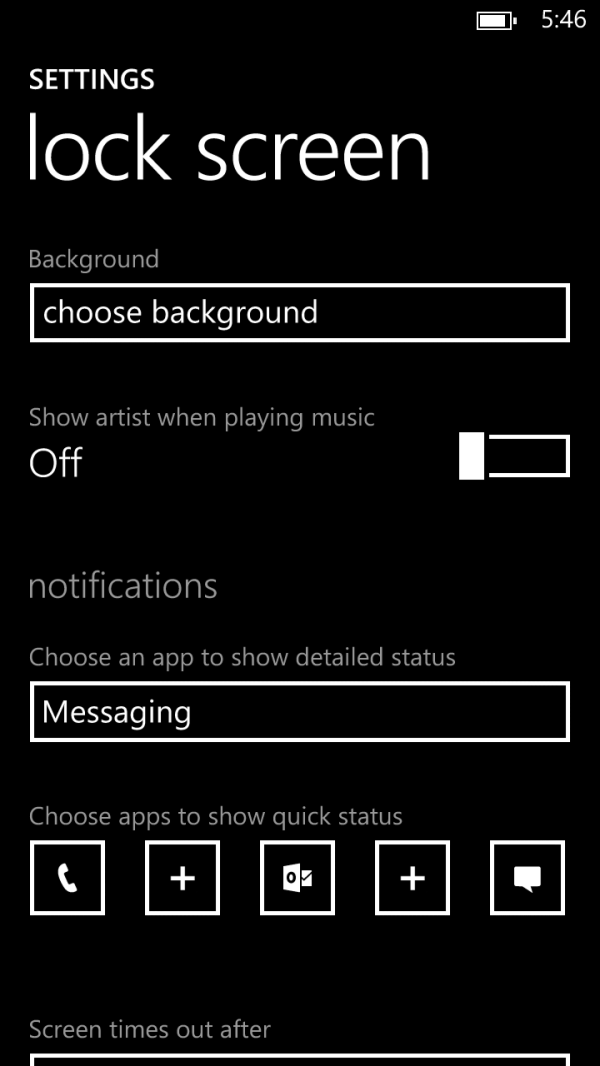
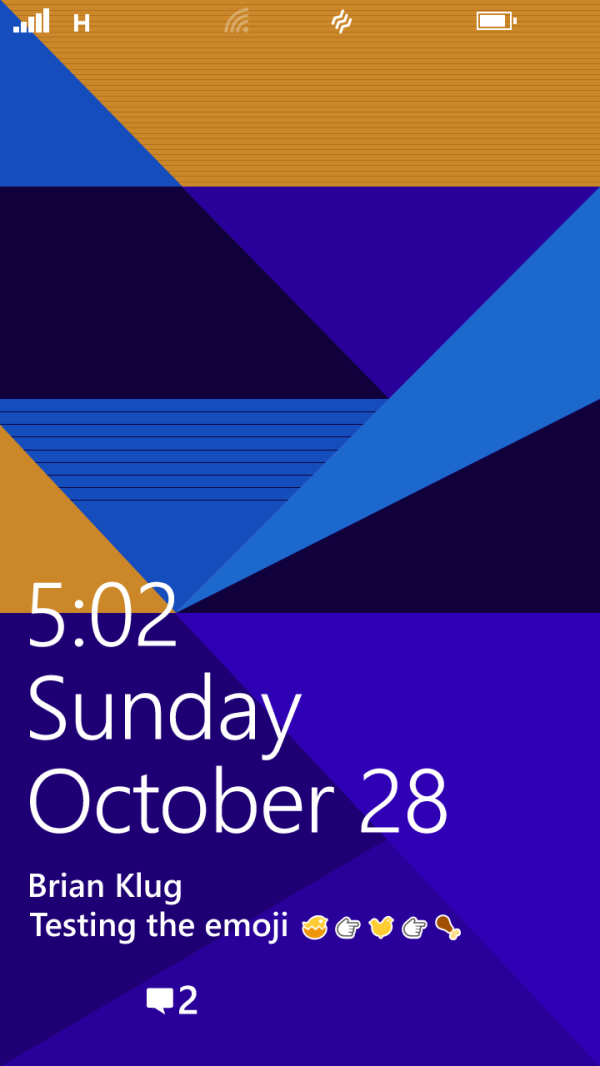
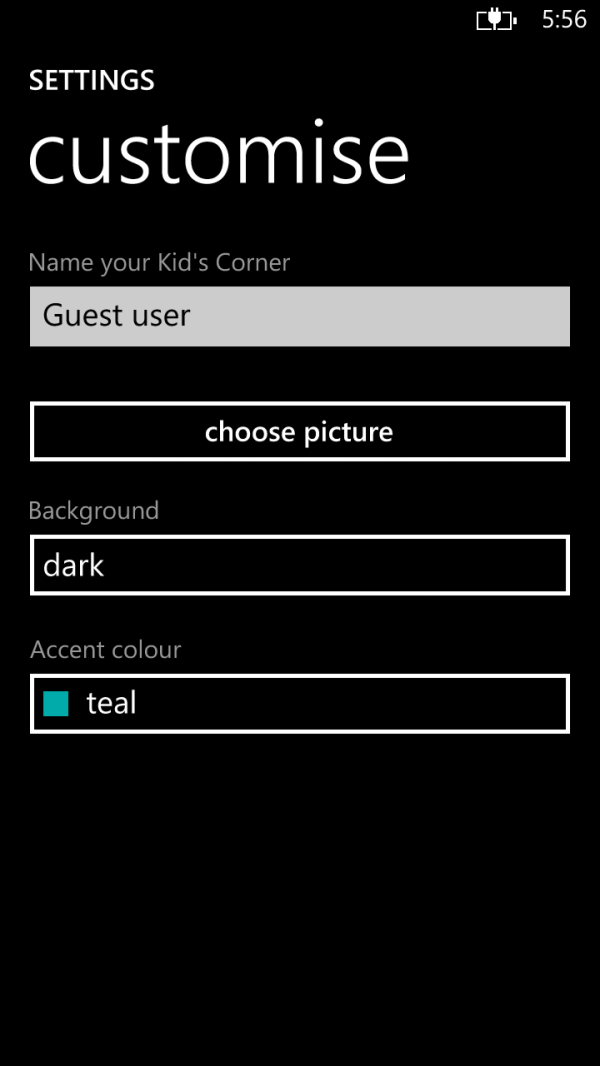
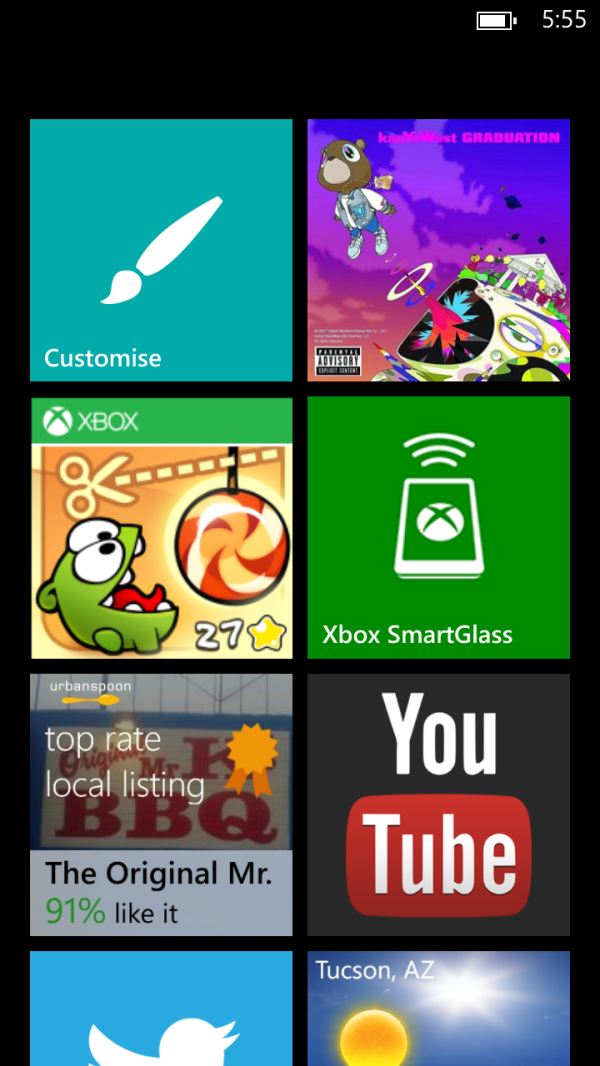
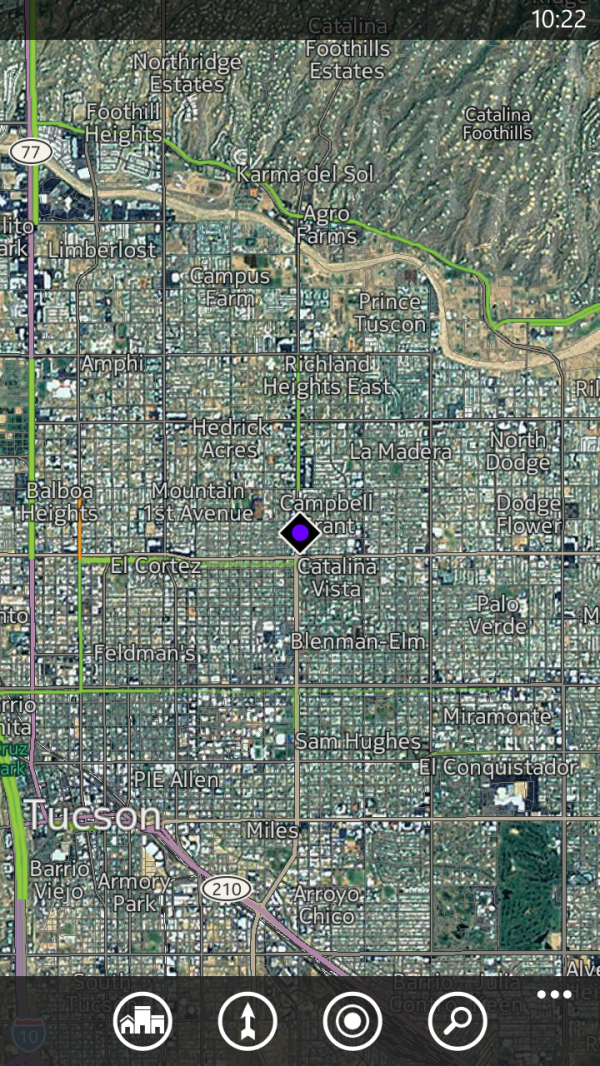
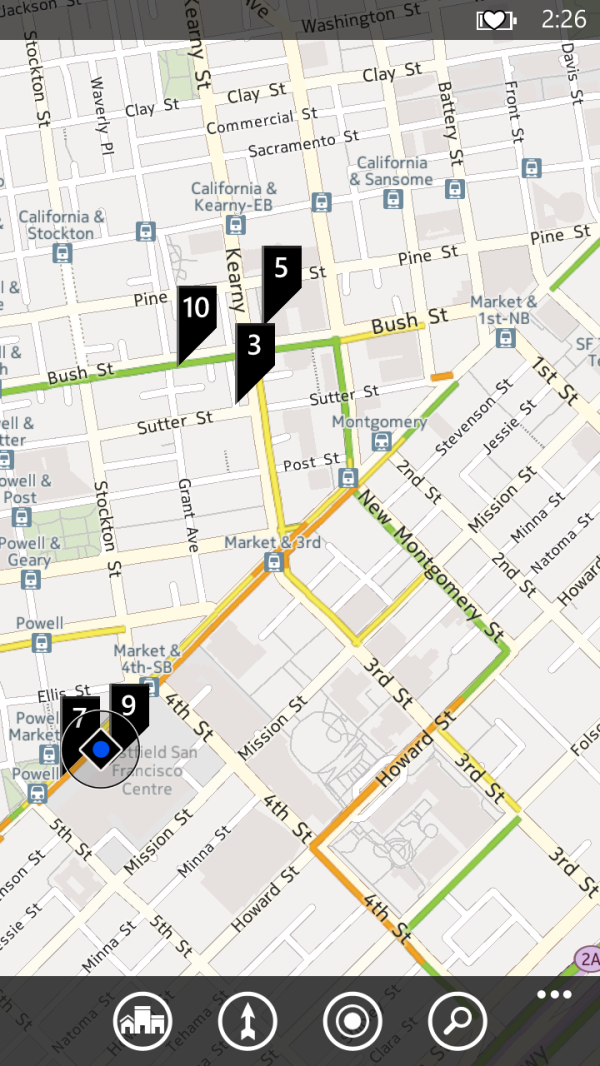








95 Comments
View All Comments
mantikos - Tuesday, October 30, 2012 - link
There isn't an XBOX MUSIC s/w - it is a Windows Phone connector s/wBob Todd - Monday, October 29, 2012 - link
I'm excited that I'm today's fictional 100,000 visitor, but you guys are getting served some annoying full page ads (with audio no less).http://globalpromotions.noraust.com/?sov=68387902&...
Can you please track these down and kill them with fire?
Sabresiberian - Tuesday, October 30, 2012 - link
This is one reason I use NoScript on Firefox; I don't see those at all.Anandtech really should kill these ASAP though, sleaze advertising reflects on the site, poorly.
;)
Sufo - Tuesday, October 30, 2012 - link
Bah, NoScript is a pain in the ass. A decent adblock will catch it all.von Krupp - Monday, October 29, 2012 - link
...has forgotten its identity. The elements that gave Metro character have been removed, such as ellipses and arrows. The same applies to Windows RT/8...it's increasingly all squares and increasingly less Metro.I feel like Microsoft has lost sight of what the Metro design language was about: simplicity, efficiency, and intuitiveness. With Windows 8 and Windows Phone 8, they've lost the "intuitive" part.
NCM - Tuesday, October 30, 2012 - link
Glad not to be the only one who feels that way. As an established iPhone user (3G, 4, 5) I've always found the UI-formerly-known-as-Metro to be elegant and distinctive. That distinction seems to be much diminished with WP8, although it appears that its functionality remains.But functionality isn't something that the casual buyer, which is to say most buyers, can readily appreciate when they're looking at options in the phone store.
von Krupp - Tuesday, October 30, 2012 - link
Too true. Newcomers will pick up that fancy new HTC 8X and not have any idea that there are more applications to the right because there is no arrow to bounce around and tell them there is more. I'm sure they'll discover it just by playing around, but to me that isn't enough. You shouldn't have to discover by accident how a UI works.As a result of the above grievances, I'm not sure I want to upgrade my WP7.5 device to WP7.8 when released into the wild. Sure, I'll be missing out on some functionality, but from what I've seen the added features of 7.8 won't be enough to make up for the loss in character for the phone, and character is one of the reasons I bought it.
If I wanted pure functionality, I would have gone with Android.
Dorek - Friday, November 2, 2012 - link
I agree, I won't be upgrading to 7.8 either. 7.5 was the perfect design and I'm kind of mad they caved to pressure to change it.Don't know what kind of smartphone I'll be going with next, to be honest.
Chaser - Monday, October 29, 2012 - link
I'll have to be convinced that 8 improves Windows phone to make it competitive to Android. feature wise. And Anandtech gave W7P an overrated review when it launched IMO.darwinosx - Tuesday, October 30, 2012 - link
Android is just a poor copy of iOS so it shouldn't be hard to do.